Mountain Mint (Narrow-leafed Mountain Mint, Narrow-leaf Mountain Mint, Slender Mountain Mint), scientifically known as Pycnanthemum tenuifolium, is a versatile and hardy perennial belonging to the Lamiaceae family. Native to Eastern Canada and the Central and Eastern United States, this edible herb thrives in USDA Hardiness Zones 4 through 8.
Renowned for its adaptability, Mountain Mint can be grown in a variety of settings, including herb gardens, garden borders, rain gardens, rock gardens, and even as a xeriscaping plant. Its narrow leaves release a refreshing, minty fragrance when crushed, making it a delightful addition to any garden space.
In this guide, we’ll explore everything you need to know about Pycnanthemum tenuifolium, from its growth requirements to its care and benefits for your garden.
| Common name | Mountain Mint, Narrow-leafed Mountain Mint, Narrow-leaf Mountain Mint, Slender Mountain Mint |
| Botanical name | Pycnanthemum tenuifolium |
| Family | Lamiaceae |
| Species | tenuifolium |
| Origin | Eastern Canada to Central & Eastern U.S.A |
| Life cycle | Perennial |
| Plant type | Edible |
| Hardiness zone | 4, 5, 6, 7, 8 |
| Sunlight | Full Sun |
| Maintenance | Low |
| Soil condition | Clay |
| Soil ph | Acid |
| Drainage | Well-Drained |
| Growth rate | Fast |
| Spacing | 12 in. – 3 ft. |
| Harvest time | Fall |
| Flowering period | Fall |
| Height | 2 ft. – 4 ft. |
| Flower color | Pink |
| Leaf color | Green |
| Fruit color | Black |
| Stem color | Green |
| Fruit type | Capsule |
| Leaf benefit | Edible |
| Flower benefit | Edible |
| Garden style | Butterfly Garden |
| Uses | Meadow |
I. Appearance and Characteristics
Pycnanthemum tenuifolium, the narrowleaf mountainmint, slender mountainmint, common horsemint or Virginia thyme, is a perennial herbaceous plant in the mint family, Lamiaceae. It is native to central and eastern North America. Native habitats include dry, open, rocky woods, dry prairies and fields, roadsides, pine barrens, streams, and open wet thickets.
Pycnanthemum is based on the Greek words pyknós (dense) and ανθέμιον (flower). Tenuifolium is from the Latin words tenuis (thin) and folium (leaf).
Pycnanthemum tenuifolium is an herbaceous plant with wiry, green, branching stems from 0.6–0.9 metres (2–3 ft) tall. As with other mints, the stems are square in cross section. Leaves are narrow, opposite, and simple, measuring up to 5 centimetres (2 in) long and less than 0.64 centimetres (.25 in) wide. The flowers are white, borne in dense, half-round heads in summer, June through September. Unlike most plants in the genus, the foliage has a very faint mint fragrance.
The plant attracts native bees, bumblebees, honey bees, and butterflies.
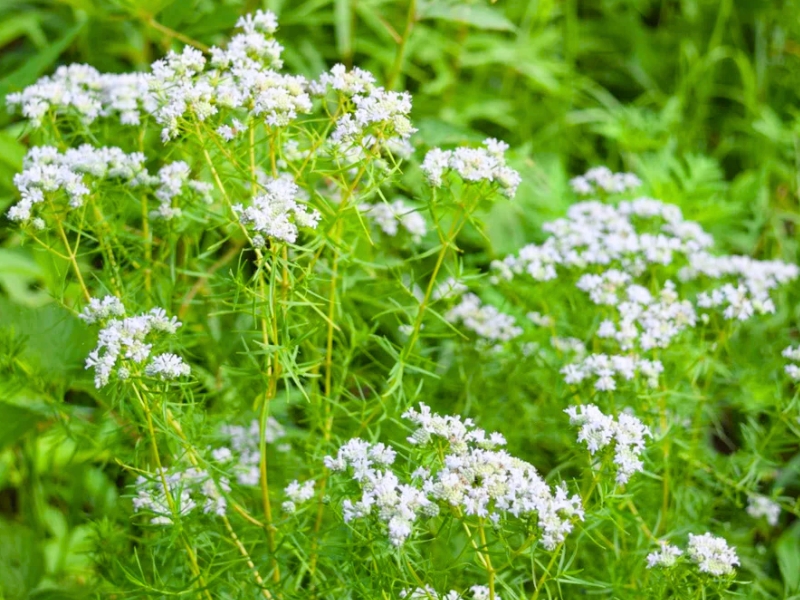
II. How to Grow and Care
Light and Temperature
P. tenuifolium needs full sun, but can also survive in partially shaded areas. USDA Plant Hardiness Zones 4 to 8 are ideal for this plant, as it is native to rocky woods within these zones. You can stretch it outside these zones with proper care, however. As long as your plant is established in an area or container and isn’t exposed to consistent temperatures below 15°F, you’re good!
Heat is no issue for this plant, as it grows wild in areas of the south that are very hot in summer. However, in full sun give it some afternoon shade. In its hardiness range, the plant is an herbaceous perennial. Leaves will die back in winter leaving its lovely seeding flower heads, and return lush and green the following spring from its roots.
Water and Humidity
This plant needs a low to medium amount of water. Let the soil dry out completely between watering rounds, or water it with drip irrigation or soaker hoses. If you’re setting an automatic irrigation system, don’t worry about watering mountain mint much after it’s established.
It has some tolerance to drought, but may need regular water once per week in the dead heat of summer, especially in full sun. Don’t worry about watering in rainier times or temperate times. And varying humidity percentages are appropriate for growing this plant. If you live in a dry area, consider planting your mountain mint in a rain garden to give it the water it needs.
Soil
This mint family plant prefers moist to slightly dry conditions and well-draining soil. Many different types are suitable as long as they retain some water and nutrients, but drain well. This plant often grows in rich, loamy, and slightly rocky soil. Open wet thickets, meadows and bogs are where you find the plant in the wild. Consider these conditions when you’re building soil for your plant. Soil pH of 6.8 is optimal, too.
Fertilizing
This plant has no special fertilizing needs, it’ll grow without additional fertility. In fact, you might find your plant doesn’t perform as well when supplemental nutrients are added, especially in its native range. A light dressing of compost annually is enough to keep it happy.
Pruning
Mountain mint features extremely narrow leaves that may or may not need pruning. To keep your plant from spreading all across your garden, you can occasionally divide it from the roots and either transplant it into a new area, or toss it into your compost pile. You can also control its spread through deadheading spent flowers.
Remove dead and diseased leaves as needed. There’s no need to prune otherwise. Leave the flowers and stalks through the cold months for overwintering native insects and pollinators.
Propagation
Propagate your plant via divisions and seeds. For division, cut off the tips of your plant in June, divide a clump of your plant in late fall or early spring and use stainless steel pruning shears to divide the shallow root system.
For propagation via seeds, collect the seeds after the first few frosts. If the seeds are ripe, they will fall out when you bend over the stem and shake it. Store these in a sealed, refrigerated container and plant them in seed starting trays 6 to 8 weeks before the last frost. Simply tamp them into the surface of the soil. Harden them off and plant them in your preferred area or container outdoors when spring has arrived.
Pests and Diseases
Common Pests & Diseases
This plant is virtually pest-free, and is highly deer-resistant and rabbit-resistant. However it can succumb to rust in situations where the fungus that causes the disease is present, and when the plant is placed in conditions it is not suited to growing in. If you notice rust-colored spots appearing on the undersides of leaves in spring, you’re dealing with rust.
There is no cure for rust. Simply remove damaged foliage as it crops up, and ensure your plant is in correct light and soil conditions. Also never water the foliage of the plant and only apply irrigation at its base. Plants that are overtaken by rust should be removed and disposed of, but most of the time it doesn’t come to that.
Growing Problems
Make sure that you don’t over-water your plant or keep it away from sunlight as your plant needs full sun and dry to lightly moist soil to thrive. If you do this or plant it in compacted soil, you may find fungal rusts are more likely to develop.
Another issue that can arise is when your mint is planted in an area and doesn’t receive enough moisture. In this case, you’ll notice the bottom leaves yellowing and falling off. Increase water frequency in this case.
Find Where to Buy the Best Narrow-leaf Mountain Mint (Pycnanthemum tenuifolium)

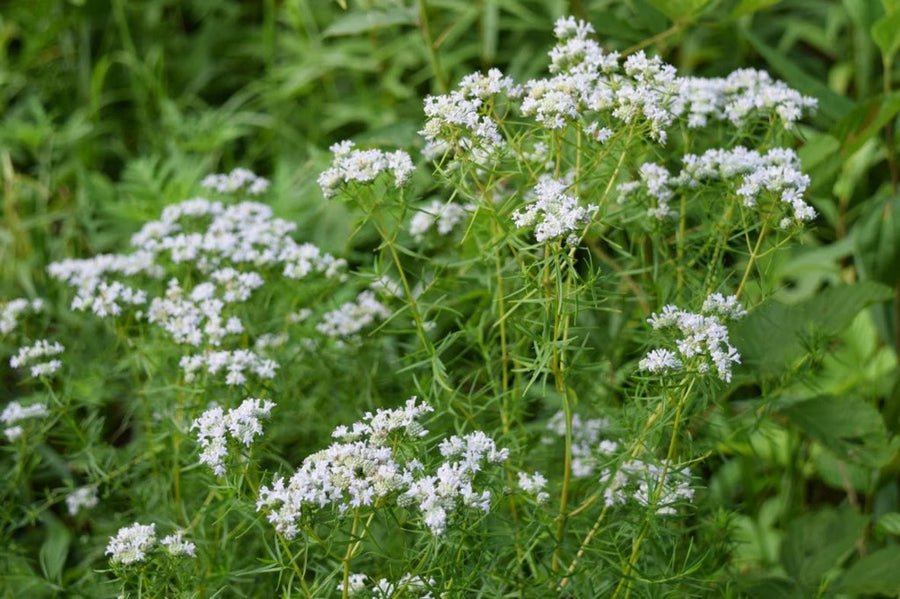







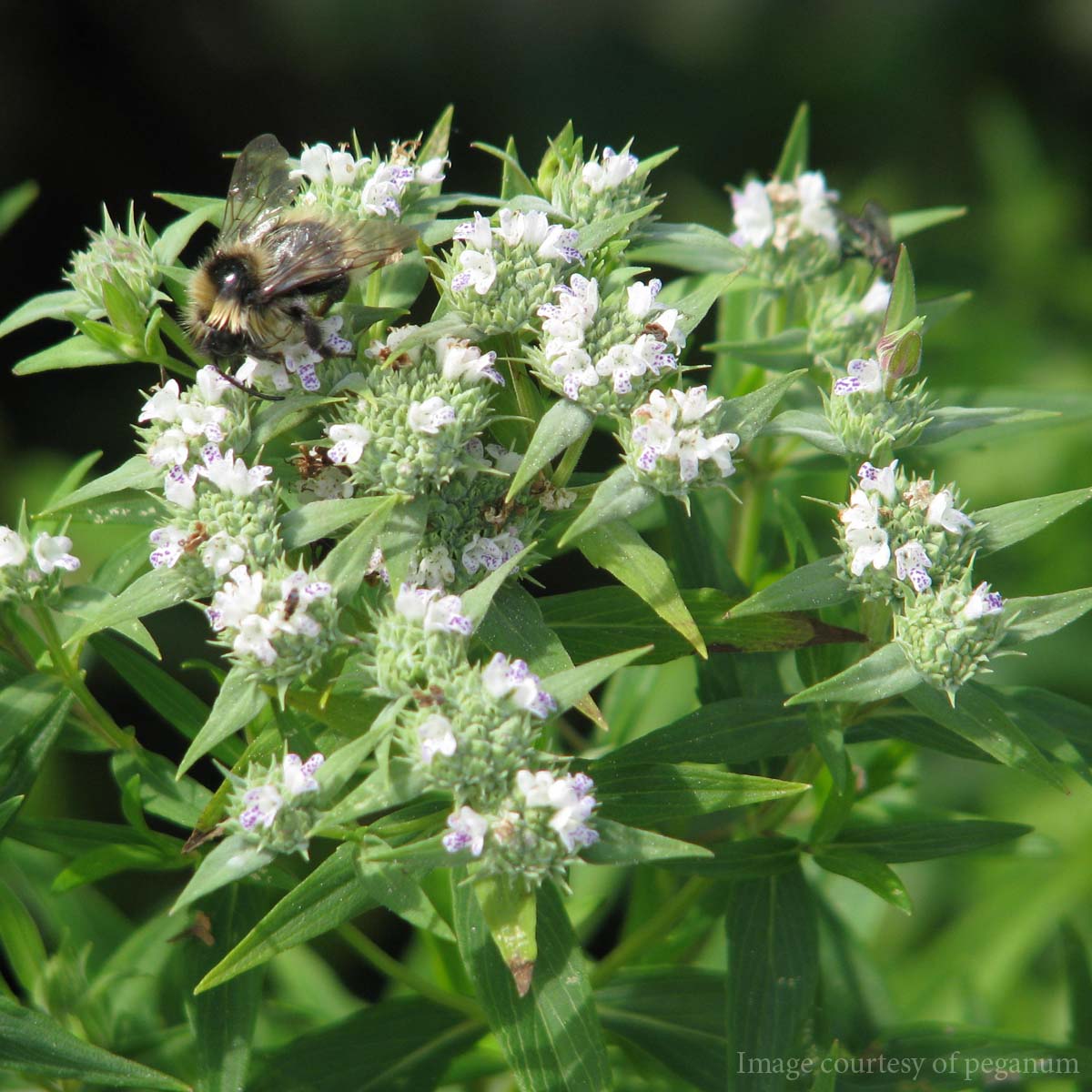
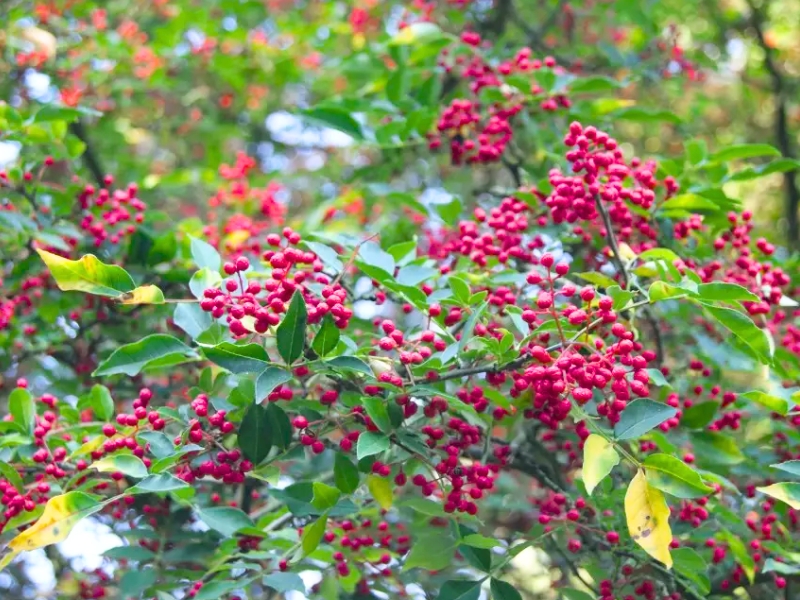
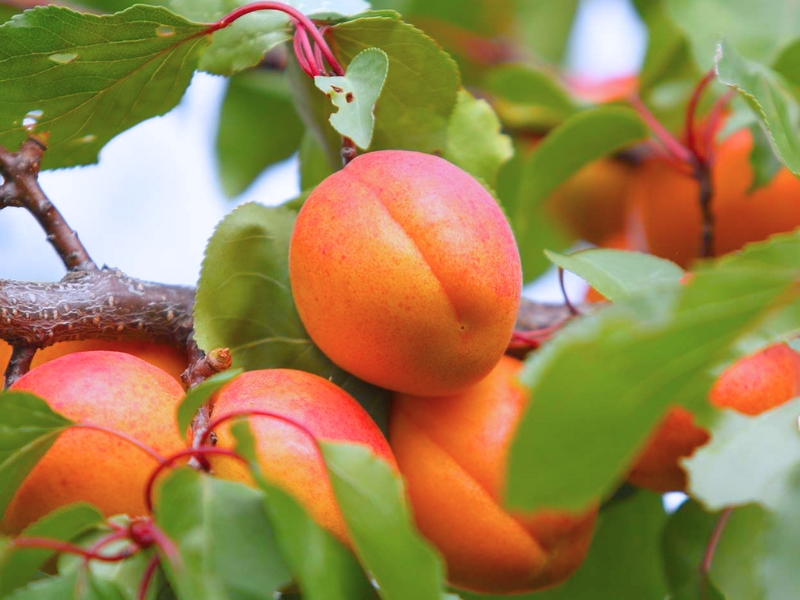
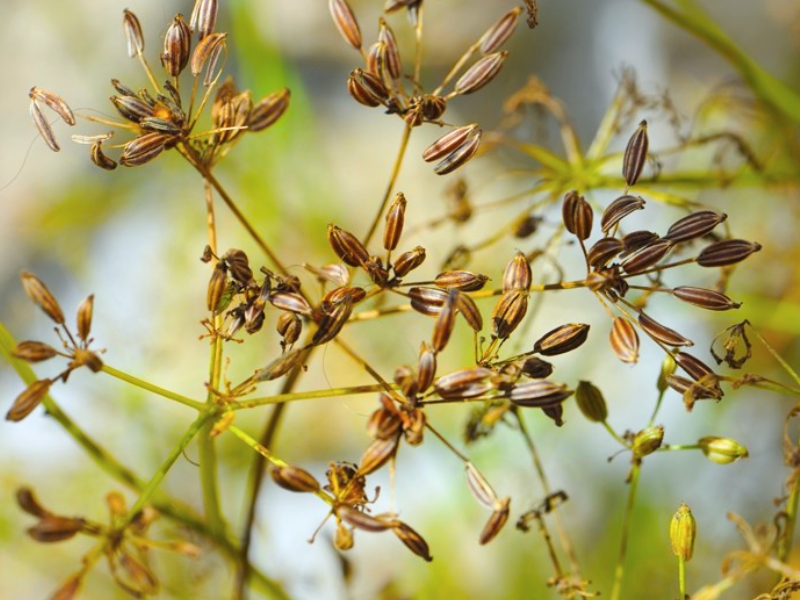
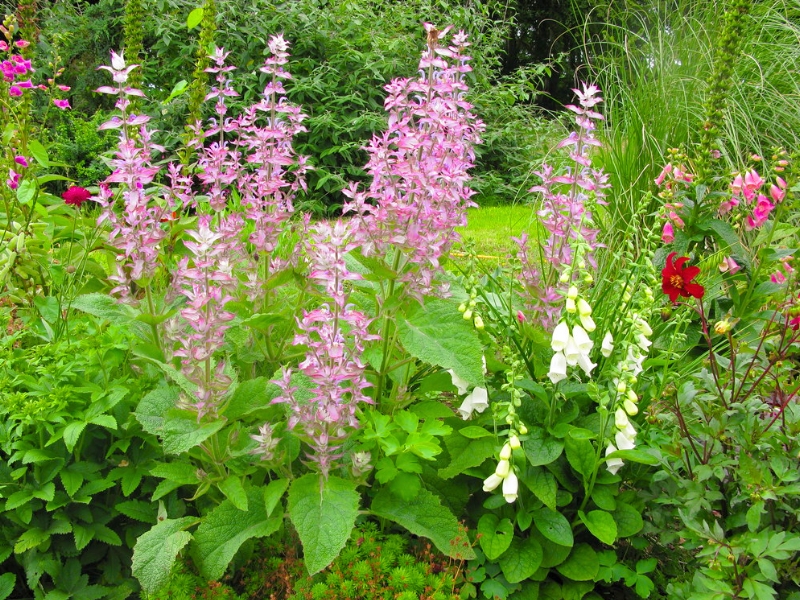
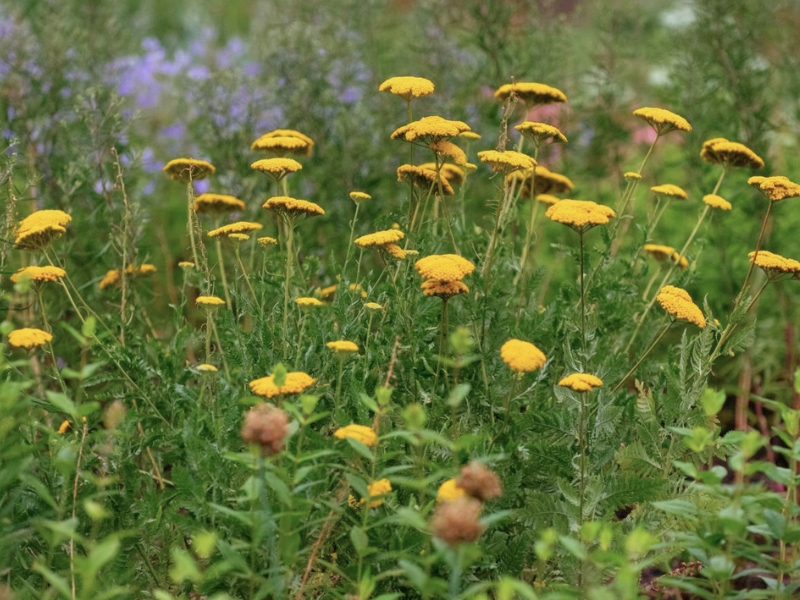
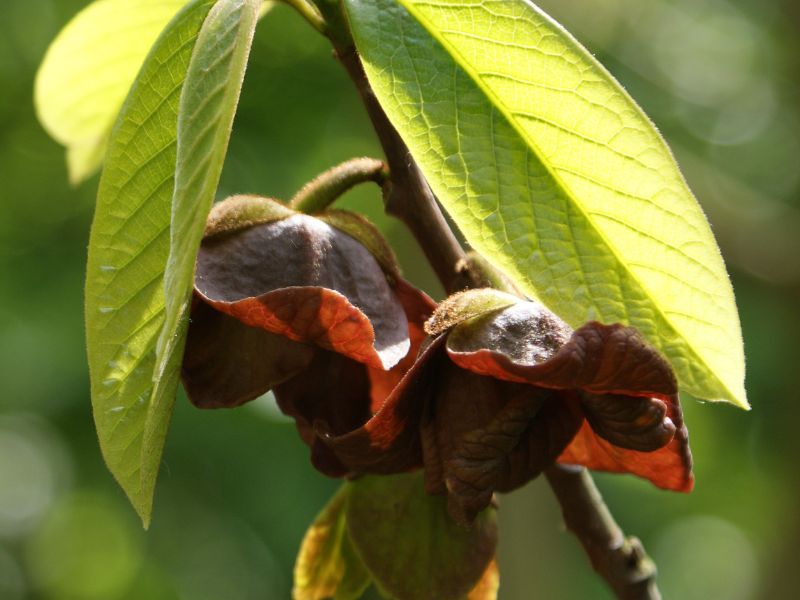
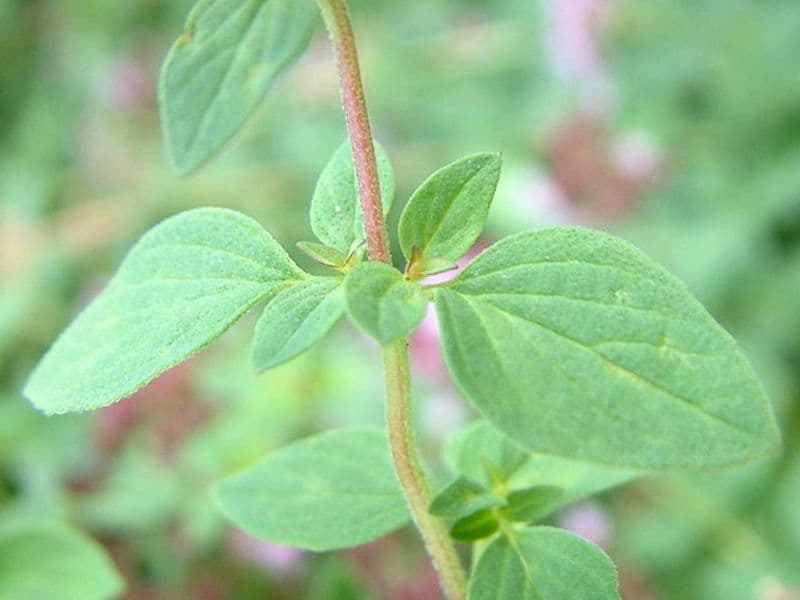
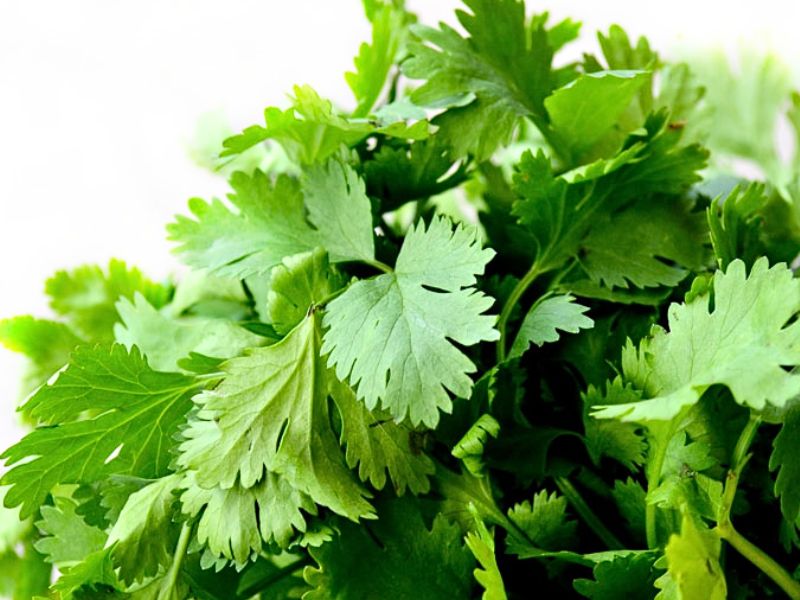
Leave a Reply